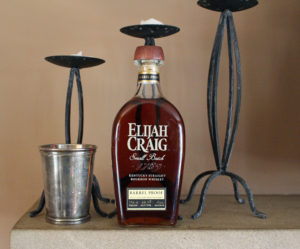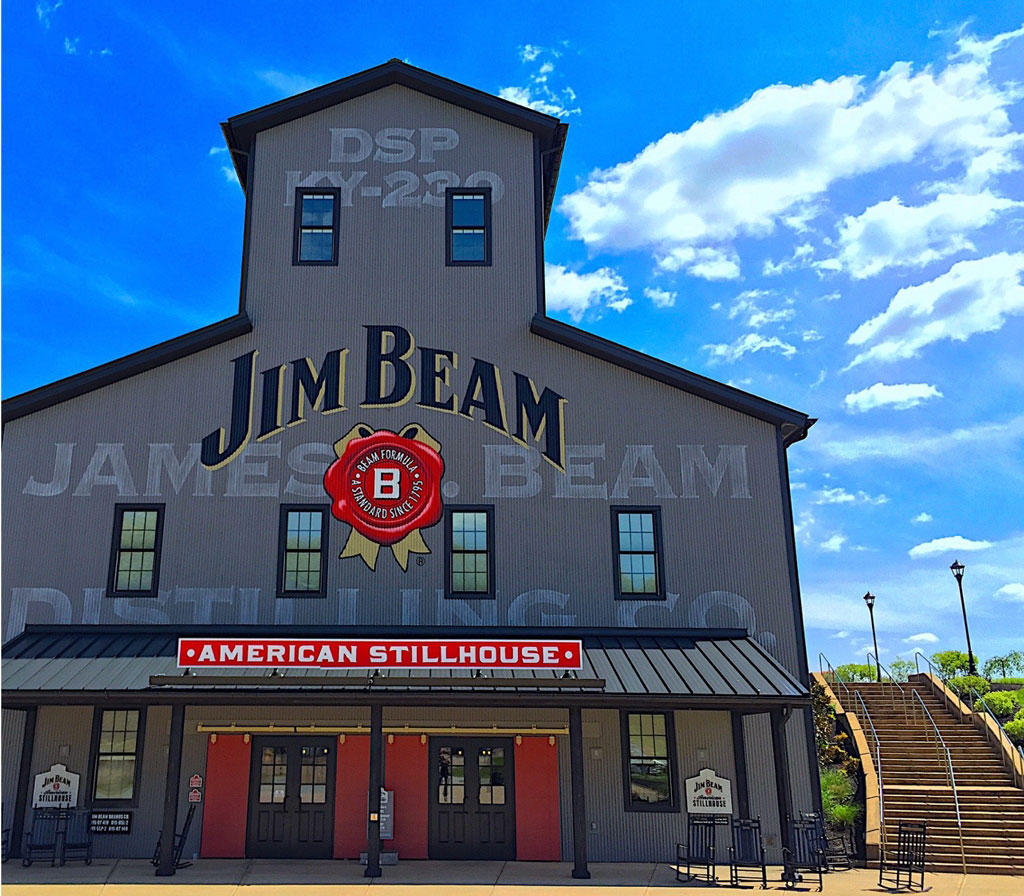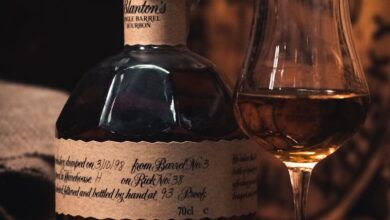Just How Varied Are Cask Strength Whiskey Batches?
By Richard Thomas

(Credit: Richard Thomas)
One of the topics I sometimes hear discussed by the whiskey fandom in America is how variable the flavor profile of a cask strength brand can be. Note that this is a peculiarly American subject, not because there aren’t so many cask strength Scotch whiskies in regular release, but because Americans seem to be much more in love with these stronger expressions. The conversation is also found entirely in fandom, and not as the subject of panels,lectures or in print. I suspect this is because the conversation is fueled–in part–by ignorance, since a basic knowledge of how a particular brand is made would mute much of the talk.
How Cask Strength Works
A cask whiskey is uncut. Which is to say, after the barrels are dumped and the whiskey piped into the batching tank, no water is added to the batch to reduce its alcohol content prior to bottling. These expressions are sometimes filtered and sometimes not, but the alcohol by volume (ABV) number is what the maturation process made of it and is left untouched.
This is where a variable all cask strength whiskeys share is introduced: their alcohol content varies from batch to batch. Too much is made of this, however, because most cask strength whiskeys in America hover around the 60% ABV, and a few exceed this mark by a few or several points. Few whiskeys can be properly enjoyed at this strength, and most lovers of cask strength whiskey (I count myself among them) dial down the potency to meet their own particular taste.
Nonetheless, the proof point matters quite a bit in how a whiskey tastes. Those who doubt that should go back to 2013 and look at the comparisons of Maker’s Mark at 45% ABV (its original and current strength) and the reduced 42% introduced at that time.

(Credit: Richard Thomas)
Where The Differences Lie
So, the difference can be real and straight out of the bottle, especially for examples that are below 60% ABV. My observation has been the cask strength whiskeys that fall in the upper 50s percentile are much more likely to be enjoyed as is. But in the case of those brands consistently above 60%, whether one batch is better than another is academic to say the least, since almost everyone drinking these will dial down or otherwise moderate the whiskey anyway.
Another point is just how many cask strength brands are merely high octane versions of another standard product, and that product is made with a consistent flavor profile. In these cases, the only distinction from batch to batch should be how high the final proof is. The best examples of this are Elijah Craig and Larceny cask strength bourbons.
This is not always the case, however. Booker’s has always been unmoored from anything else Jim Beam is doing. Although there is some speculation on just how variable Booker’s can be, especially in the many years before individual batches were clearly numbered and given distinctive names, the one thing that is clear is that Beam has never tried to nail a specific flavor profile with the brand. Individual batches are drawn from unique cross-sections of warehouses and floors, and modern iterations can vary by up to several months of aging between batches. Each of these factors is a tweak that could make any batch of Booker’s as distinct from the others as single barrel whiskeys can be.
I decided to put these facts and concepts to the test, to prove to myself once and for all what the objective variability of cask strength could be, and the key to doing that was to eliminate the variable: the proof point. I collected samples from several releases of Elijah Craig Barrel Proof going back a decade (a crucial point here is that Elijah Craig Barrel Proof remains a 12 year old, just like the original version of that seminal small batch bourbon); several from Booker’s going back a decade; Larceny Barrel Proof from its beginnings; three samples of Wild Turkey Rare Breed at different proof points; and three of Michter’s Barrel Proof Rye.

I made 30 ml pours for each expression, and then added enough water to reduce the proof of a given sample down to 100, making all the pours equal in strength. I then did side-by-side tastings of the entire brand panel. As expected, Booker’s showed the highest variability, with individual batches showing as much range as I might expect to find among a spread of typical single barrels. At the other end of the spectrum was Elijah Craig and Larceny, showing so little different once ABV was eliminated as a variable that what range there was could very well be ascribed to my making a small mistake in the amount of water added. Wild Turkey Rare Breed and Michter’s Barrel Proof Rye sat somewhere in between.
The lesson to carry away here is that the alcohol strength matters little in how good on batch of a cask strength whiskey is against another. This is because you, the drinker, are quite likely to adjust that strength to suit your own taste. It is also the least variable in the equation of how that given batch turns out. In that sense, you are functioning like your own distillery lab, looking for the proof level that suits you best. This aside, the larger variables are found not in the proof level itself, but in the differences in how the whiskey was matured.


